When I first started in B2B marketing, I thought omnichannel experiences were a luxury reserved for B2C brands.
But over time, things started to change. The lines between B2B and B2C began to blur. Today’s B2B buyers are tech-savvy and expect seamless experiences.
They want to browse online, check their orders from their phones, and talk to a sales representative all without feeling like they’re jumping between different worlds.
The question isn’t anymore, “Can B2B merchants offer omnichannel?”
The question is, “How can we make it happen?”
In this blog, I’ll explain the importance of B2B omnichannel, the challenges that make it hard for companies to adopt, and how you can start making it work. Let’s dive in!

Subscribe to
Dokan blog
What Is an Omnichannel Experience in B2B?
An omnichannel experience is all about creating a seamless, connected journey for your customers, no matter which channel they’re using.
Now, this may sound like multichannel. But here’s the key difference between omnichannel and multichannel:
- Multichannel means your customers can interact with you through multiple channels like email, website, phone, or social media. But these channels are usually separate. They might not “talk” to each other. Therefore, your customer may have to repeat themselves or feel like they’re jumping between different systems.
- Omnichannel, on the other hand, connects all these channels. Whether a customer is browsing your website, checking an order status on their phone, or calling a sales rep for support, everything is integrated. They pick up right where they left off, and their experience feels cohesive and personalized across every touchpoint.
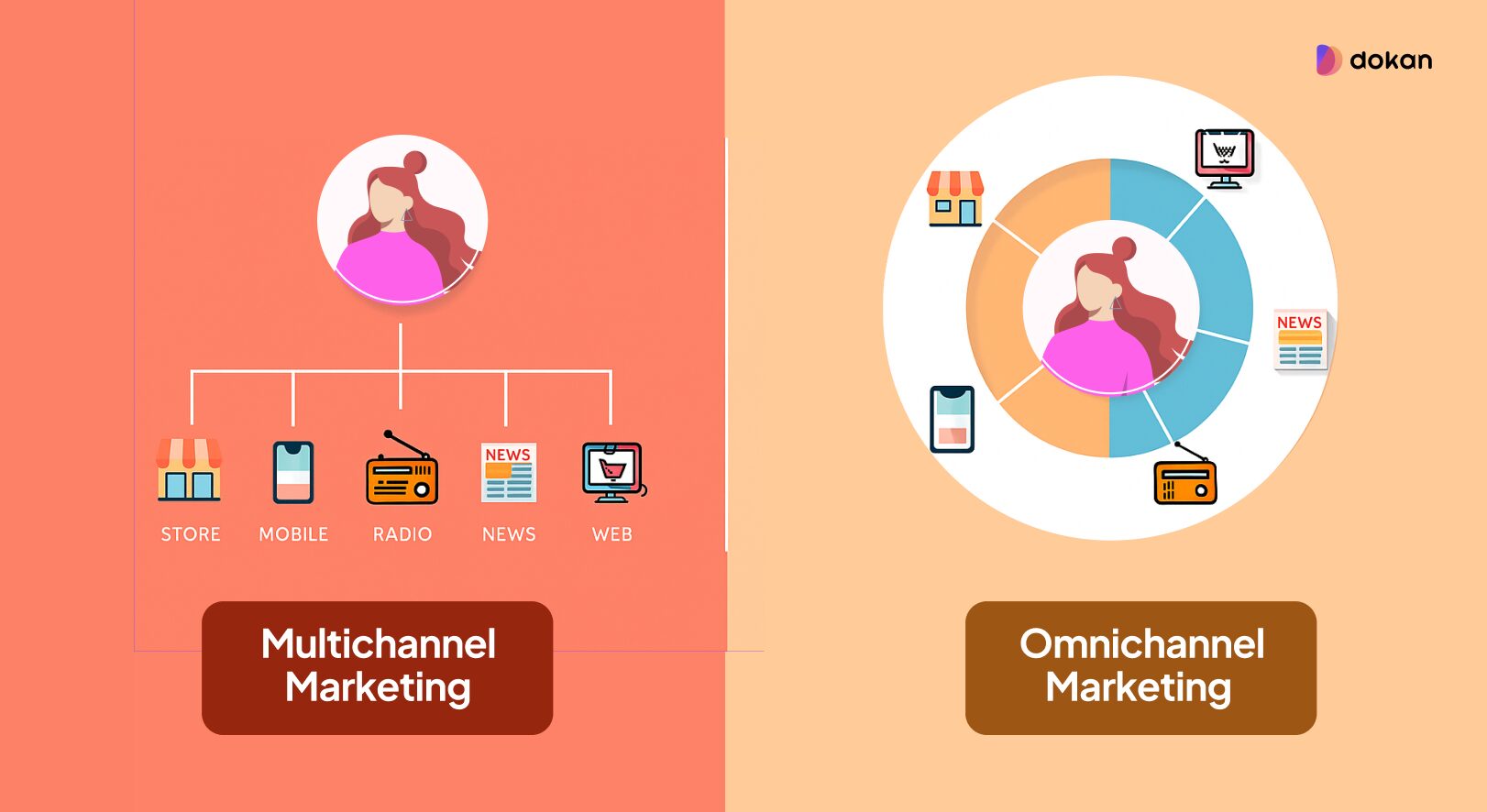
For example, A B2B buyer starts browsing products on your website at work. Later that day, they check their phone during their commute to check if the product is in stock. The next morning, they call your sales representative to confirm delivery times.
With an omnichannel experience, all of this information would be connected. The sales representative would know exactly what they looked at online, what they searched for on their phone, and what their last interaction was.
This is what today’s B2B buyers are starting to expect. They’re used to smooth, connected experiences from B2C brands. So why shouldn’t B2B be the same?
Why Omnichannel Is No Longer Optional in B2B
A few years ago, it might have been enough for B2B companies to focus on just one or two channels. Maybe a phone call here, an email there. But today, that’s just not enough. Buyers expect more and the shift has already started.
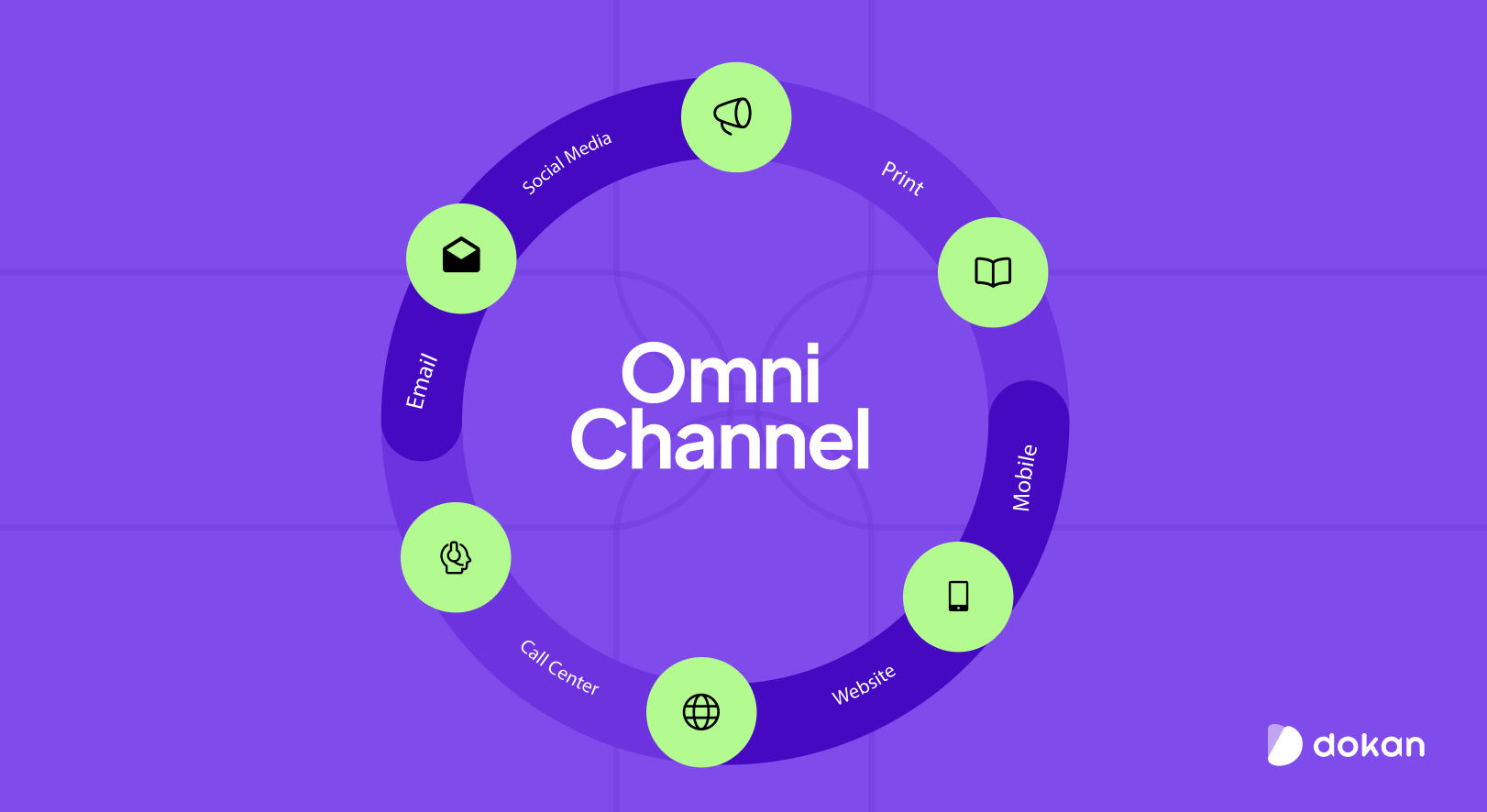
Let me give you some stats:
- According to Gartner, 80% of B2B sales interactions between suppliers and buyers will happen in digital channels by 2025.
- Forrester reports that 74% of B2B buyers are now using at least one digital channel during their buying journey.
In short, B2B buyers are becoming more like B2C customers. They want instant access, real-time information, and a seamless experience across all touchpoints.
Now, the question is ⤵️
What’s Holding B2B Merchants Back
Even though omnichannel is essential for B2B, many merchants still face challenges to implement it into their businesses.
It’s not that they don’t want to do it. There are just some roadblocks that get in the way.
Let’s look at the most common ones:
- Old Systems and Disconnected Tech: Many B2B companies still use outdated systems. Their ERP, CRM, and eCommerce platforms often don’t talk to each other. This makes it hard to create a smooth & connected experience for customers.
- Dependence on Sales Reps: Sales reprentatives are crucial in B2B. But many companies rely on them for order updates and pricing info. This can cause problems when a customer tries to reach out through a different channel and doesn’t get the same response.
- Scattered Customer Data: Omnichannel experiences need a clear view of the customer at every stage. If your data is scattered across systems and not shared between teams, it becomes hard to offer a seamless experience.
- Resistance to Change: Many companies find it hard to change how they’ve always done things. They may be afraid of new technology or just don’t want to make changes. This holds them back from moving to B2B omnichannel approach.
These are just a few reasons B2B companies find it hard to implement omnichannel. But knowing these challenges is the first step to overcoming them.
How to Seamlessly Enable B2B Omnichannel
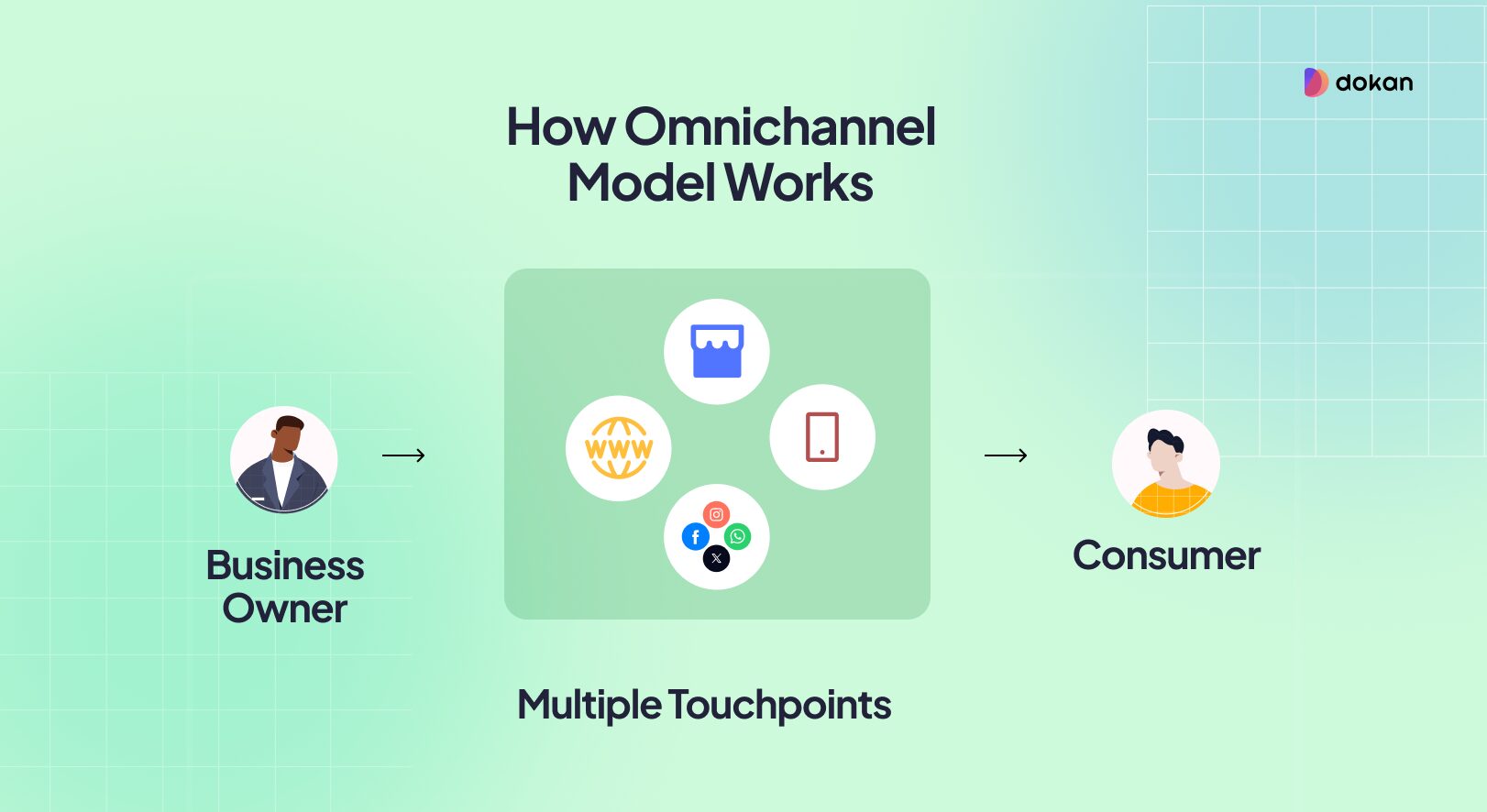
So, how can B2B merchants make omnichannel a reality? It may feel a big task to you. But with the right approach, you can make it smooth and seamless.
From my experience, these are the key steps you can follow:
1. Understand Your Customer Journey
Take a step back and really think about your customers. Where do they engage with you? Is it through email, social media, or your website? Mapping out your customer journey will help you identify the key touchpoints.
2. Consolidate Your Data
Having your customer data in different places is a no-go. Gather all customer interactions into a single system. This could be a CRM, a marketing automation tool, or an integrated platform that connects all your channels. When your data is unified, it becomes easier to offer a seamless experience.
3. Integrate Your Channels
Make sure all your communication channels (email, chat, social media, etc.) work together smoothly. Therefore, if a customer contacts you on one channel, your team can pick it up on another without missing a beat.
4. Leverage Automation
Think of automation as your best friend. Use it to handle repetitive tasks like follow-up emails, product recommendations, or even customer support queries. Automation can keep your customer experience consistent across all channels.
5. Empower Your Sales Team
Sales reps don’t have to be replaced. In fact, they play a critical role in B2B omnichannel. But they need the right tools to keep up with the digital experience. With proper training and technology, they can be just as efficient and provide personalized service across every channel.
6. Choose the Right Tools
One of the biggest steps is picking the right tools. I’ve seen companies struggle here because they try to force a one-size-fits-all solution. But trust me, it’s important to choose platforms that fit your needs and work well together. Tools that integrate seamlessly with your current systems will make your life so much easier.
7. Start Small Initially
It’s tempting to jump in and try to fix everything at once, but I’ve learned the hard way that it’s better to start small. Maybe you connect your website and your sales reps first. Once that’s working smoothly, you can add in your customer support team or mobile app. Little by little, you’ll build the whole system.
8. Focus on Personalization
B2B buyers want to feel like they’re more than just another sale. Use the data you’ve collected to personalize interactions. Whether it’s through targeted emails or content recommendations, personalized experiences will keep customers engaged.
9. Offer Self-Service Options
Let your customers solve problems on their own when they can. Create an online knowledge base, FAQs, and support docs. This not only saves your team time but also gives customers the flexibility to get answers when it suits them.
10. Monitor and Optimize
The work doesn’t stop once everything is set up. Keep an eye on your channels to see how they’re performing. Are customers responding better to emails or chats? Are there any touchpoints that feel a little disconnected? Continuously optimize for a smoother experience.
This approach ensures your B2B operations are connected, efficient, and ready to deliver a consistent, personalized experience at every customer touchpoint.
Real-World Examples of B2B Omnichannel in Action
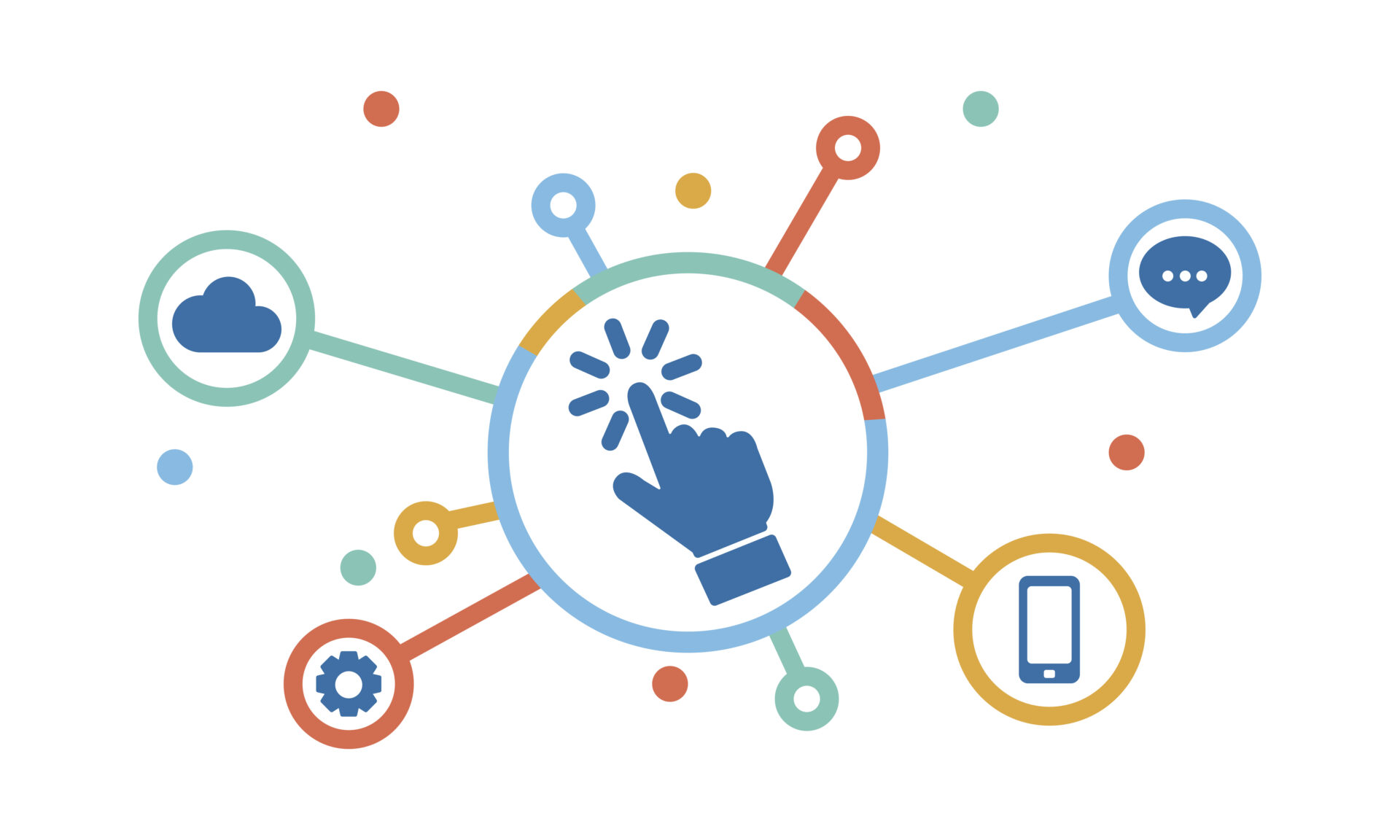
You might be thinking, “Okay, but does B2B Omnichannel actually work?” The answer is YES.
There are B2B companies already using omnichannel to their advantage.
Let me share a couple of real-world omnichannel examples that show how it’s done.
Grainger
Grainger is a leading brand in industrial supplies. They’ve embraced B2B omnichannel by connecting their online platform, mobile apps, and in-store systems. Customers can check availability, order through the app, and pick up items in-store. This creates a seamless experience.
Alibaba B2B
Alibaba has embraced omnichannel by offering multiple ways for businesses to engage. Buyers can browse products on the platform, message suppliers directly, and track orders via mobile or desktop. This flexibility is key to keeping the customer journey smooth across every touchpoint.
HP
HP is a well-known tech brand offering B2B customers a unified experience. Their eCommerce site and live chat support are fully connected. Sales reps can access real-time data on past orders and preferences. It helps them to suggest personalized products. As a result, customers receive the same service online as they would in person.
These examples show that it’s not just possible to implement omnichannel in B2B, it’s already happening.
B2B Omnichannel: Let’s Wrap It Up!
We’ve covered a lot today. And I’m sure you agree that an omnichannel experience is essential for your B2B business. It’s no longer a luxury, it’s becoming the standard.
To quickly recap:
- B2B Omnichannel is all about connection: It’s creating a smooth, seamless experience for your customers. Whether they’re browsing your website, checking an order on their phone, or chatting with a sales rep, everything flows together.
- Buyers want it: Modern buyers are used to smooth, connected experiences from B2C brands. Now, they expect the same from B2B.
- Yes, it’s tough, but not impossible: Sure, there are challenges like old systems, siloed data, and sales-rep reliance. But they’re all solvable with the right tools and strategies.
- Start small and build: Don’t try to fix everything at once. Start by connecting the channels that matter most to your customers and grow from there.
At the end of the day, it’s all about making life easier for your customers. Your prime duty is to offer them a smooth, seamless experience across every touchpoint. It’ll not only help you to build trust, but also increase loyalty and sales.
So, what do you think? Ready to start your B2B omnichannel journey? Let me know in the comments how you’re planning to take the first step.
Subscribe to
Dokan blog
We send weekly newsletters, no spam for sure!

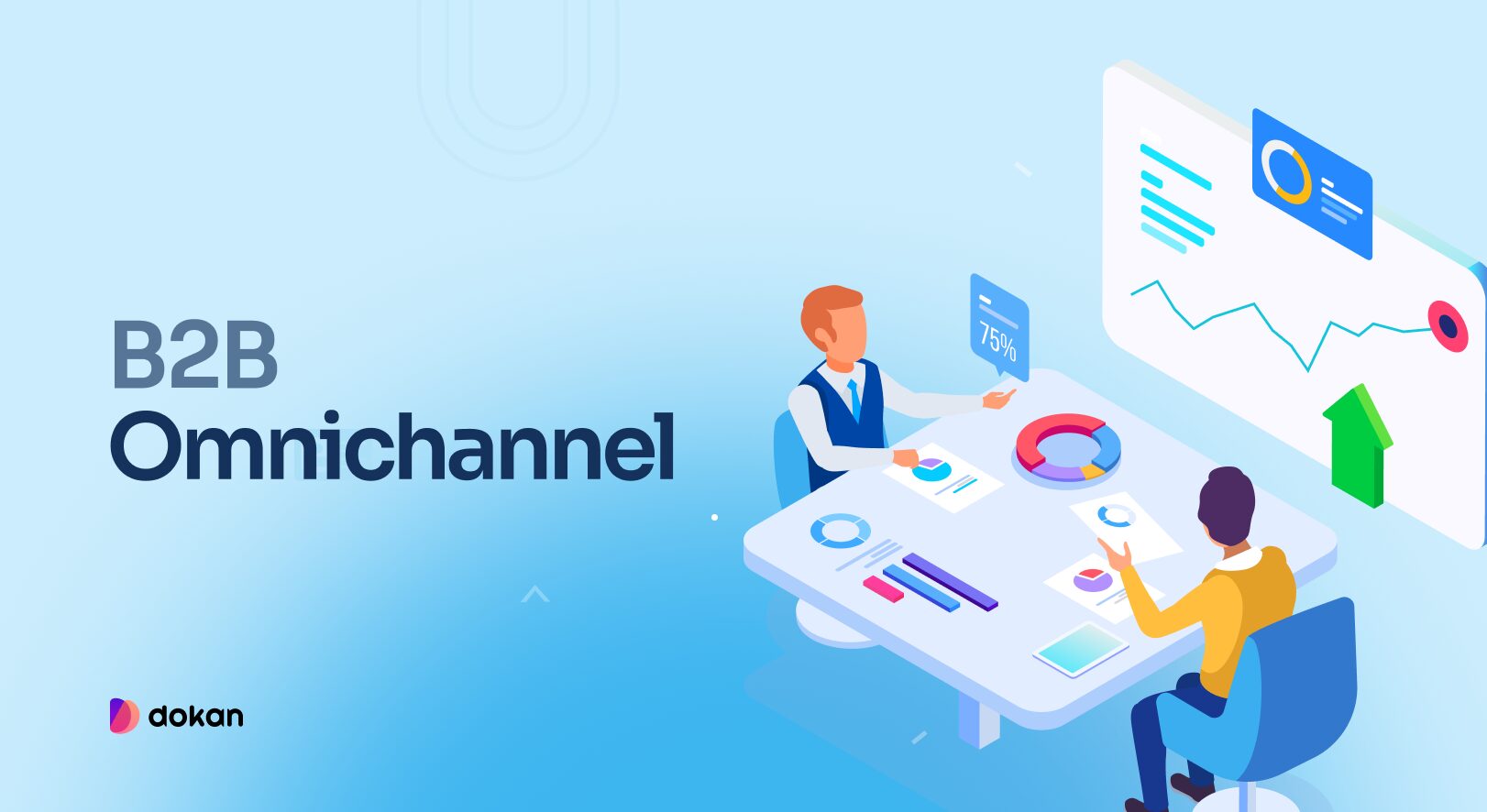
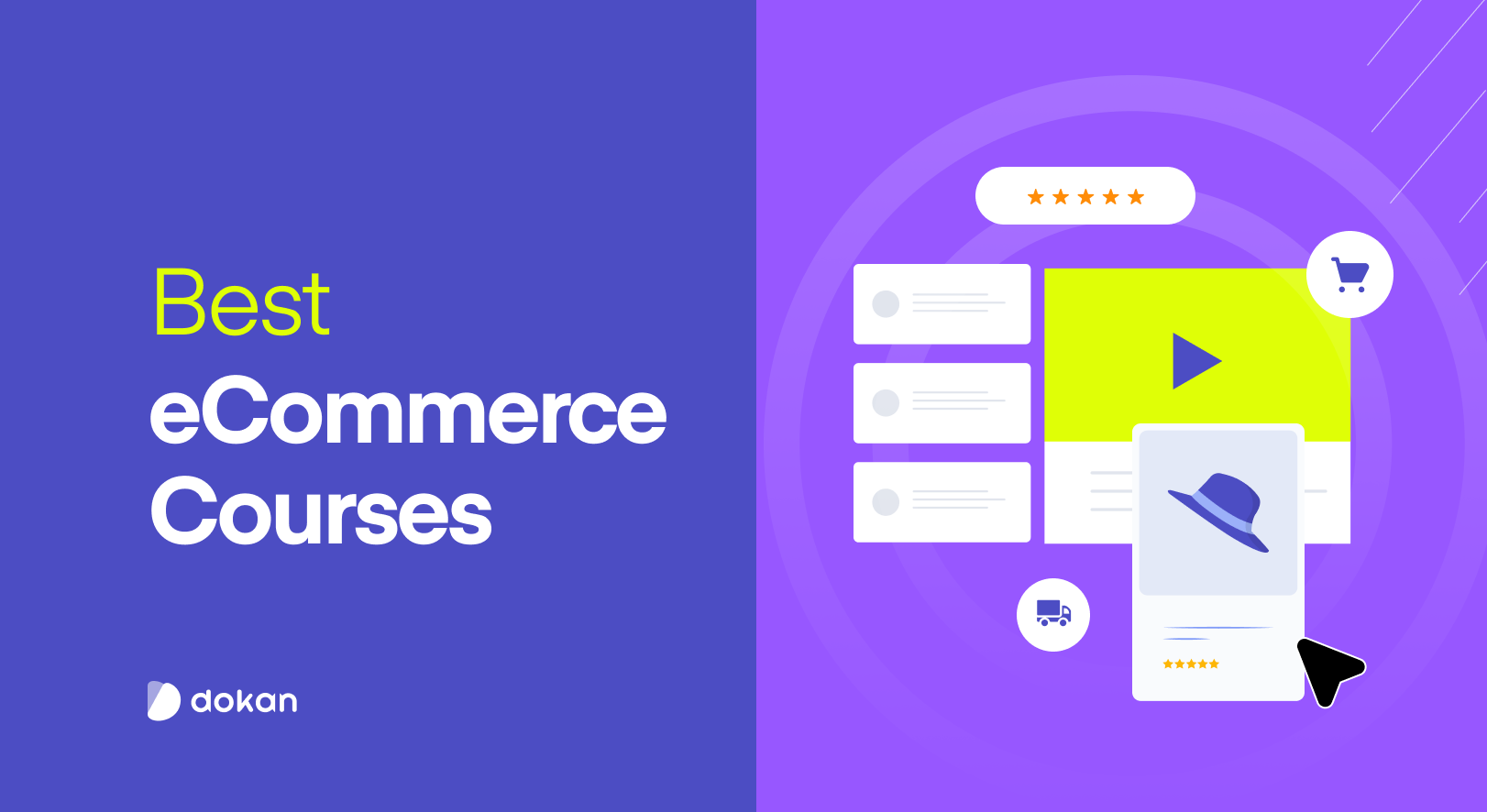
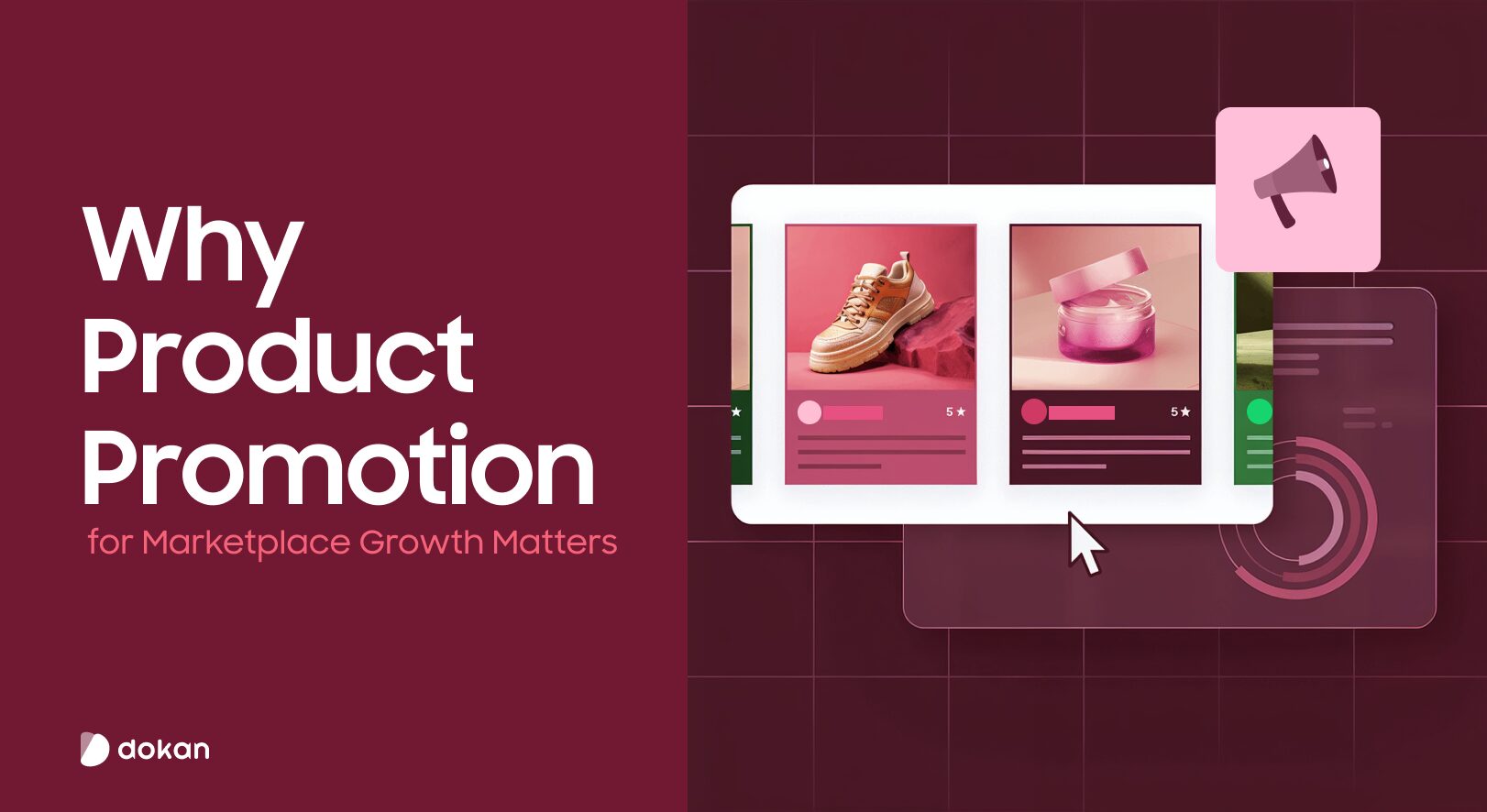

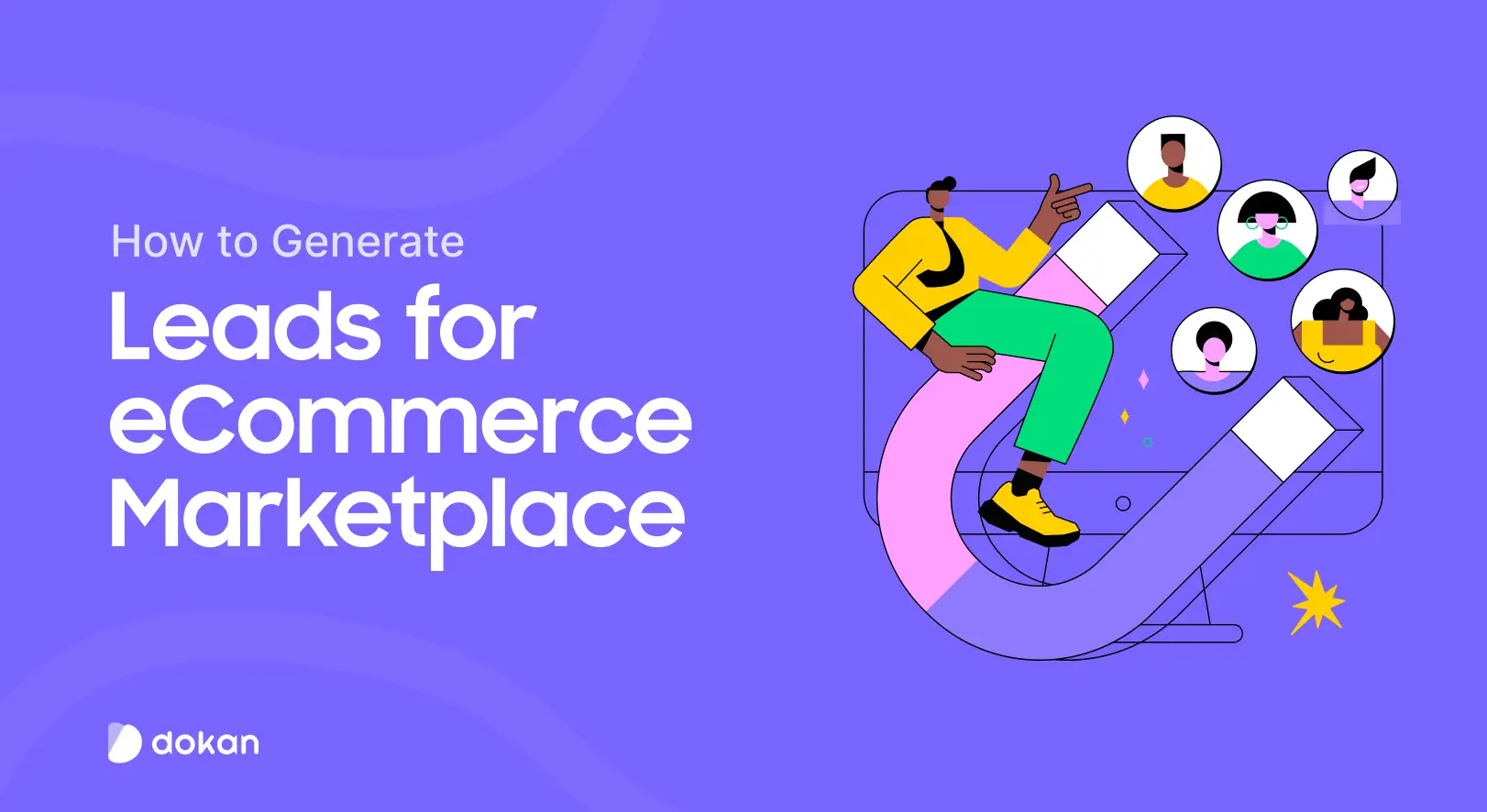

Leave a Reply